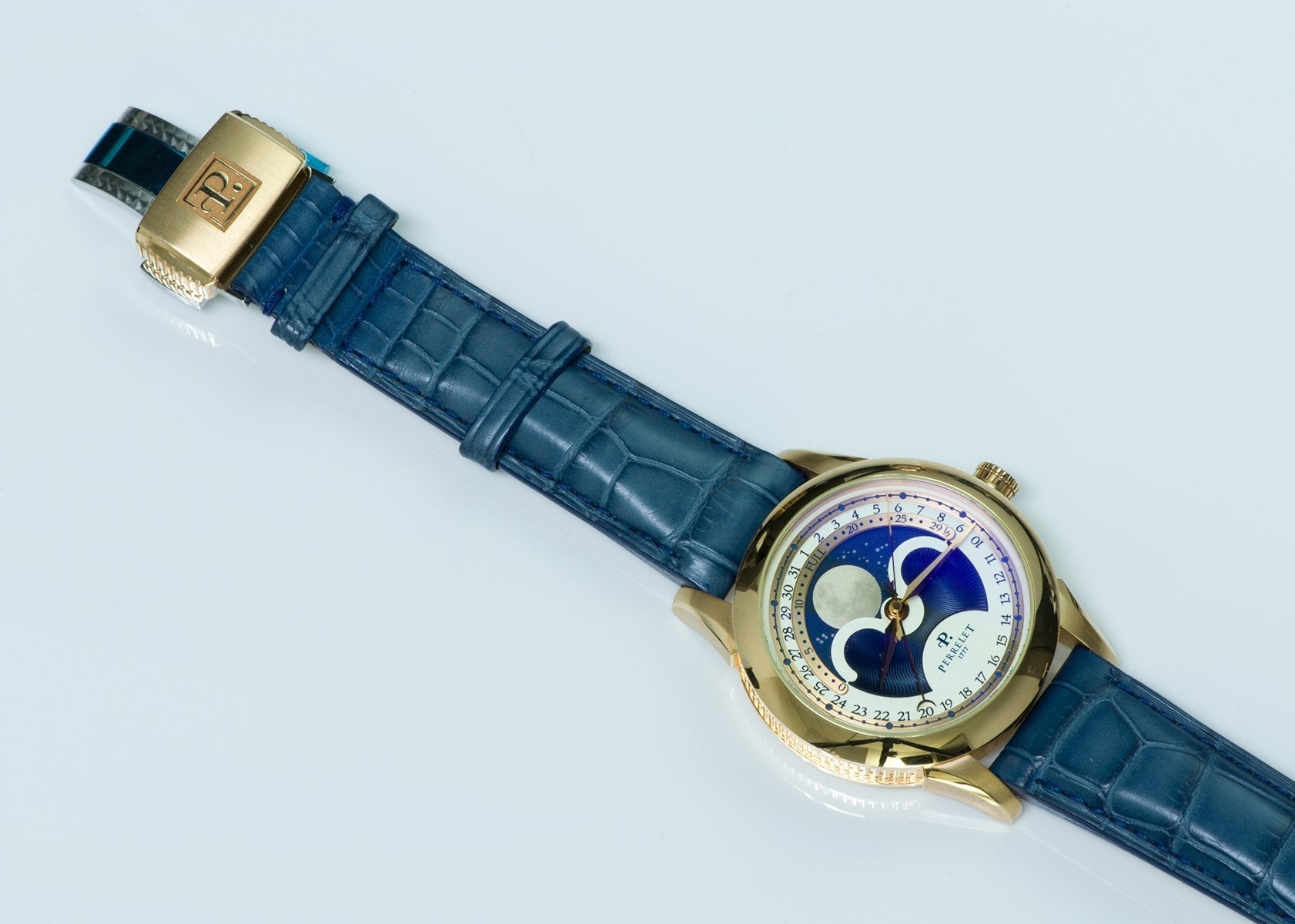The Pulpí Geode – Another Majestic Creation of Mother Nature
The Pulpí Geode, also called the Giant Geode, is the largest accessible geode in the world and one of the largest crystal caverns ever discovered.
Scientists have long been curious about how this temple of transparent spires was forged, given its astounding size.
The Pulpí Geode is one of nature's rare beauties that impresses and commands awe and admiration.
The Discovery of The Pulpí Geode
The Pulpí Geode, also known as the Geoda de Pulpí, is a massive geode discovered in December 1999 by Javier Garcia-Guinea of the Grupo Mineralogista de Madrid in the vicinity of the town of Pulpí (Province of Almería, Spain).
The Pulpí Geode was first discovered by miners working in Mina Rica, a silver mine that was in operation from 1873 to 1969.
Scientists think the entire region was originally submerged, however, they are currently investigating this aspect. Sedimentary rocks were eventually shattered by volcanic action and filled with hot fluids. The fluids began to crystallize when they cooled.
To date, the Pulpí Geode has been documented as one of the largest geodes in the world.
The Pulpí Geode is Located at a depth of 50 meters and it measures two meters in height, two meters in width, and two meters in depth.
It's a cavern with a volume of roughly 390 cubic feet, and the walls are covered in massive gypsum crystals.
The geode resembles a funnel, having an L-shaped narrowest section. It is renowned globally for its size as well as the clarity and flawlessness of the selenite (gypsum) crystals lining the inside, which average 50 centimeters (20 in) in length but can reach up to 2 meters (6 ft 7 in) in length.
The Pulpí Geode is Located at a depth of 50 meters and it measures two meters in height, two meters in width, and two meters in depth.
It's a cavern with a volume of roughly 390 cubic feet, and the walls are covered in massive gypsum crystals.
The geode resembles a funnel, having an L-shaped narrowest section. It is renowned globally for its size as well as the clarity and flawlessness of the selenite (gypsum) crystals lining the inside, which average 50 centimeters (20 in) in length but can reach up to 2 meters (6 ft 7 in) in length.
Today, the closed silver-lead mine draws tourists as a geoheritage site. At the end of 2021, vandals caused damage to the geode, however, it was not as bad as initially believed.
The Mina Rica
Apart from the giant Pulpí Geode and its mineralogy, the Mina Rica mine exhibits other fascinating geological features: foldings (curved or bent rock), mylonites (metamorphic rock), fault surfaces; formations like speleothems (mineral deposits) of epsomites (magnesium sulfate, same as Epsom Salt) and calcites (carbonate minerals); neoformation of minerals like "gypsum beards"; and mineralized reefs of siderite (iron carbonate).
The mine has other geodes of different sizes in addition to the giant Pulpí Geode, including the Geoda Partida and the Geoda de Gollas de Golondrina, according to Andalucia.com.
Mining has historically been used to exploit the Sierra del Aguilón. In 1840, modern mining techniques such as trenches and cuts into silver galena (lead sulfide) were used.
With the beginning of iron extraction after 1870, the Pilar de Jaravia neighborhood of Pulpí became one of Spain's most affluent mining districts.
The Marín Menu family restored the iron works of the Quien Tal Pensara Mine ("Who would have thought it", another name for Mina Rica) in the final decade of the 1800s. The mine operated for several decades until the Civil War. Following that, the property was deserted.
The project to reopen the Mina Rica started twenty years after it was discovered, and everyone can now take advantage of this remarkable natural wonder.
In order to prevent the destruction of the crystals, Almeria University developed a unique system that keeps track of visitor numbers and regulates the temperature, humidity, and CO2.
The Origin Of Geode of Pulpí
According to the most recent scientific research on the origin of the geode, which was led by Fernando Gázquez of the University of Almeria and published on March 23, 2022, the gypsum crystals formed in the upper Pleistocene between 164 ± 15 thousand and 60 thousand years ago from a freshwater aquifer (with very little evidence of brackish or seawater, as suggested previously).
The Pulpí Geode began to be built six million years ago and went through two distinct periods. The dolomites that created the 500-meter-tall Sierra del Aguilón mountain range between Pulpi and the coast underwent karstification, or the dissolution of soluble rock, and hydrothermal volcanic injections, which resulted in the depression in the rock - water heated by volcanic activity.
The geode's mineral deposit may have originated via a karst-hydrothermal process, which involves the reaction of hot water with calcite and gypsum.
According to Juan Manuel García-Ruiz of the University of Granada and his associates, the creation of the structure may have been influenced by both prehistoric climatic change and cannibal chemistry, wherein smaller crystals were consumed by larger ones.
García-Ruiz utilized his earlier examination of a site containing much larger specimens, the Cave of Crystals, which features 36-foot-tall gypsum crystals from Mexico's Naica Mine, to apply investigative tactics in the present study. National Geographic claims that when more research is conducted, our knowledge about huge geodes will grow over time and that knowledge counts.
What Are The Geodes
According to the most recent scientific research on the origin of the geode, which was led by Fernando Gázquez of the University of Almeria and published on March 23, 2022, the gypsum crystals formed in the upper Pleistocene between 164 ± 15 thousand and 60 thousand years ago from a freshwater aquifer (with very little evidence of brackish or seawater, as suggested previously).
The Pulpí Geode began to be built six million years ago and went through two distinct periods. The dolomites that created the 500-meter-tall Sierra del Aguilón mountain range between Pulpi and the coast underwent karstification, or the dissolution of soluble rock, and hydrothermal volcanic injections, which resulted in the depression in the rock - water heated by volcanic activity.
The geode's mineral deposit may have originated via a karst-hydrothermal process, which involves the reaction of hot water with calcite and gypsum.
According to Juan Manuel García-Ruiz of the University of Granada and his associates, the creation of the structure may have been influenced by both prehistoric climatic change and cannibal chemistry, wherein smaller crystals were consumed by larger ones.
García-Ruiz utilized his earlier examination of a site containing much larger specimens, the Cave of Crystals, which features 36-foot-tall gypsum crystals from Mexico's Naica Mine, to apply investigative tactics in the present study. National Geographic claims that when more research is conducted, our knowledge about huge geodes will grow over time and that knowledge counts.
What Are The Geodes
A crystal-covered hole in a rock is called a geode. However, the fundamental science is somewhat the same for various geodes.
Hydrothermal fluids permeate a rock cavity, which can be holes that were originally gas bubbles escaping from magma, fissures made by tectonic activity, etc. Their dissolved elements may crystallize out on the walls once they're inside.
Larger crystals are typically produced with steady temperatures, an abundance of components, and an abundance of time.
Gypsum is no different. Its chemical component includes many water molecules as well as calcium sulfate.
Next is anhydrite, which is calcium sulfate dehydrated. Gypsum is the more stable chemical below 136 degrees Fahrenheit, whereas anhydrite, which forms the building blocks of gypsum, dissolves easily in water. Upon dehydration, gypsum will separate into crystals.
However, gypsum has a unique ability to build particularly large crystals, according to Mike Rogerson, an Earth systems scientist at the University of Hull who was not involved in the research. Because of the large amount of water that its crystal structure can hold, gypsum can produce a large volume with a comparatively small mass of anhydrite.
However, this characteristic is insufficient to account for the human-sized Pulpí Geode crystals.
Approximately 250 million years ago, during the Triassic epoch, when the Pangaea supercontinent was in existence and the dinosaurs had just started to emerge, Pulpí's anhydrite was put down.
Since there aren't many datable impurities in the crystals, it's difficult to determine when the gypsum development occurred. However, a carbonate cap above the crystals that has been radiometrically dated indicates that the crystals originated no more than 60,000 years ago.
They began to grow no earlier than two million years ago, based on the time of the tectonic deformation at the site.
First to appear were minerals with high temperatures, such as celestine, and barite. However, the hot hydrothermal system finally subsided. After falling below that crucial 136-degree mark, temperatures finally stabilized at 68 degrees for an extended period of time. The gypsum crystallized in large quantities because of the ideal conditions that were present.
It's also believed that a peculiar chemical phenomenon called Ostwald ripening contributes to their substantial size. Smaller gypsum crystals dissolve back into the boiling chemical soup, where their constituents cannibalize the larger crystals to accelerate their growth.
Simultaneously, the temperature of the subsurface habitat fluctuated over geological timeframes, hardly rising or falling above 68 degrees.
That is why those smaller crystals dissolve more readily in slightly warmer temperatures. Larger crystals grow more when the temperature is a little lower. According to García-Ruiz, this has the overall effect of speeding up the ripening process.
The research blames Earth's natural warming and cooling cycles, which are fueled by wobbles in the planet's orbit around the sun, for the minuscule temperature variations observed over such long durations.
The Evolution Of The Pulpí Geode
That is why those smaller crystals dissolve more readily in slightly warmer temperatures. Larger crystals grow more when the temperature is a little lower. According to García-Ruiz, this has the overall effect of speeding up the ripening process.
The research blames Earth's natural warming and cooling cycles, which are fueled by wobbles in the planet's orbit around the sun, for the minuscule temperature variations observed over such long durations.
The Evolution Of The Pulpí Geode
According to García-Ruiz, documenting the development of the Pulpí Geode proved to be more challenging than in the Cave of Crystals at Naica, a hydrothermal site that is still active.
Reverse engineering the evolution of those crystals is made slightly easier by the fact that they are still developing. The Pulpí Geode is now more like a fossil due to the lack of hydrothermal activity.
The story of the Pulpí Geode is not entirely clear, maybe due to this problem.
Farfan points out that the predominant mechanism that produces huge crystals is not Ostwald ripening, but rather these temperature swings, which are supported by experimental work done in a lab to build crystals.
Having said that, it's difficult to determine whether the same principles always hold true because Pulpí's crystals developed at different temperatures and were noticeably larger than those lab crystals.
It's possible that changes in climate won't have a substantial impact on the surroundings of a subsurface geode. Rather, it's possible that these growth-promoting temperature spikes were brought on by fluctuations in the underlying geothermal environment.
However, there's still a chance that climate change played a part. According to Farfan, warmer, wetter weather would saturate the area with more water and accelerate the decomposition of anhydrite. A larger amount of gypsum would crystallize out during colder, drier periods.
How To Get To The Pulpí Geode
Situated on the northern coast of Almeria, in the municipality of Pulpí, the Pulpí Geode is only thirty kilometers away from the Marina Playa and Marina Mar hotels in Mojácar.
Driving is the most efficient way to reach the Pulpí Geode. This will require you to travel for approximately ten minutes to Garrucha on the AL-5107 route north.
After a few kilometers, the A-370 becomes the AL-7107, and you must change there to get to Pozo del Esparto. Lastly, you need to go to Pulpí by taking the A-332. Calle Sierra de los Filabres is where you can find La Geoda.
Fascination
The Pulpí Geode continues to fascinate today, not only because of the mystery that surrounds this geode but also because of its size and beauty.
In fact, the Pulpí Geode is another clear proof of the beautiful, interesting, and mysterious things that Mother Nature can create with a wave of her hand - a wave that can last for thousands, tens of thousands, hundreds of thousands, or millions of years.


















